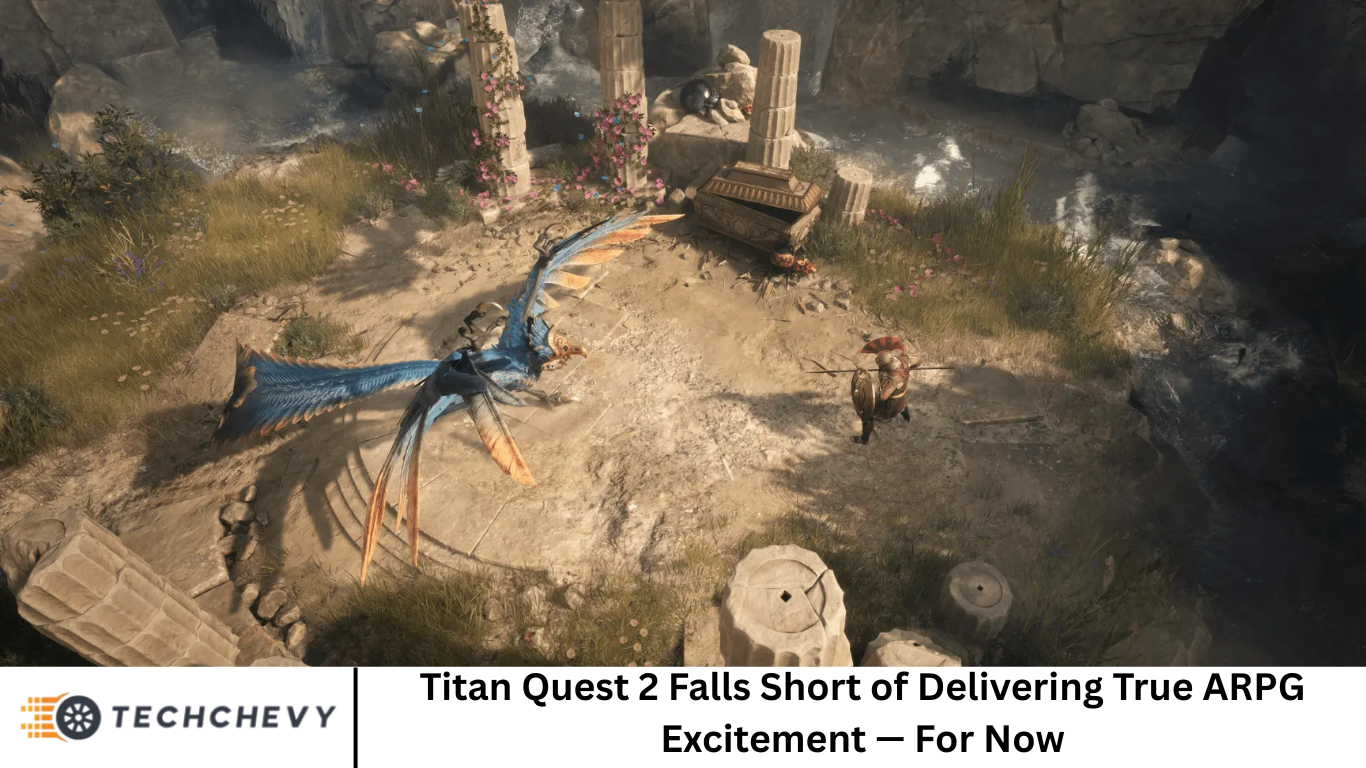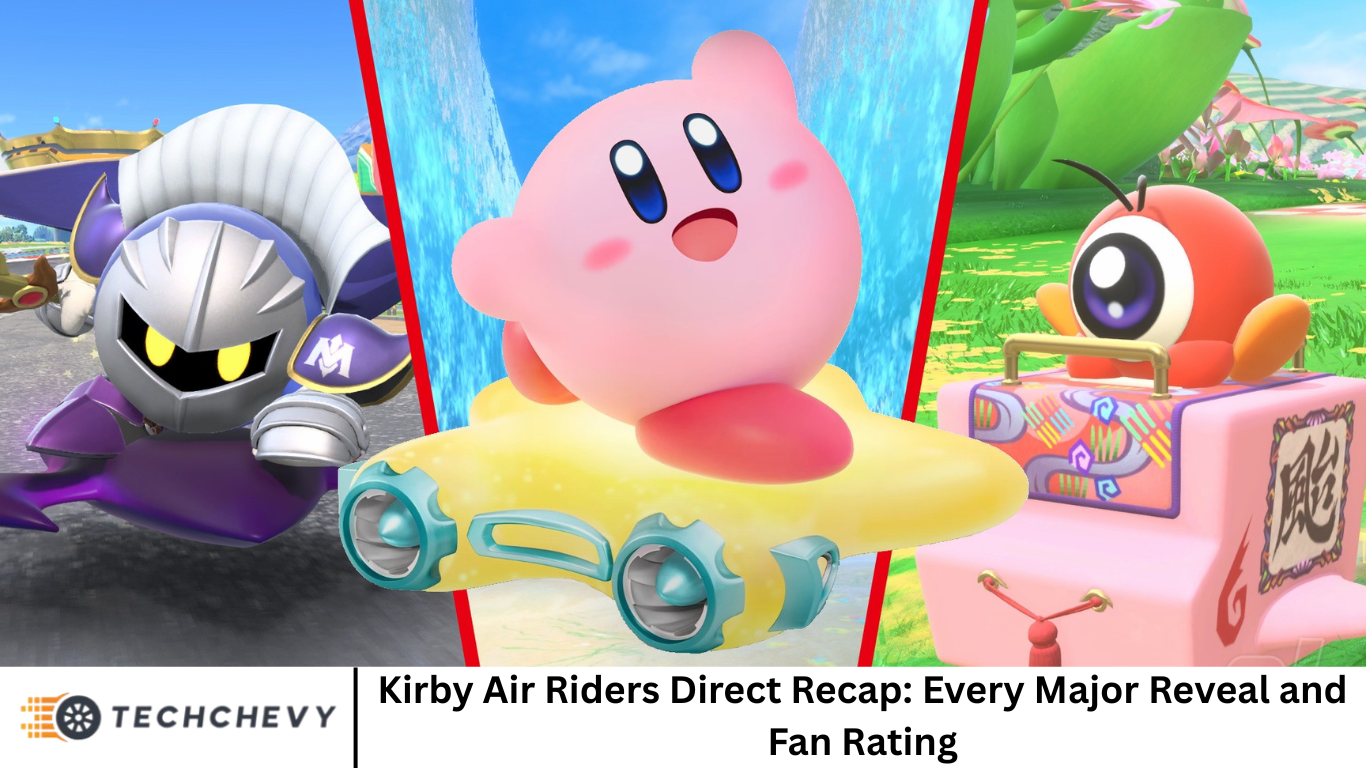Titan Quest 2 Falls Short of Delivering True ARPG Excitement — For Now

When Titan Quest launched in 2006, it became an instant classic among fans of action role-playing games (ARPGs). Its blend of mythological storytelling, deep character customization through dual masteries, and loot-driven progression carved out a lasting niche in the genre.
At this early stage, the answer is: not quite. While Titan Quest 2 carries the soul of the original and offers a promising framework, its current execution lacks the edge, polish, and depth to fully deliver the ARPG thrills that modern players crave.
This is not to say the game is bad—it’s not. But for veterans of the genre and newcomers expecting the intensity of Diablo, Grim Dawn, or Path of Exile, Titan Quest 2 might feel more like a tranquil mythology simulator than a pulse-pounding adventure.
More Read: Google Study Finds Nearly 90% of Game Developers Now Use AI Agents
A Beautiful But Shallow Start
Visually, Titan Quest 2 is stunning. From sunlit olive groves to crumbling temples, the game captures the classical Greek world with a painterly aesthetic. Characters move fluidly, enemies burst into satisfying explosions of loot, and the UI is clean and readable.
Yet beneath the surface, the early experience feels surprisingly barebones. After a few hours of play, players may find themselves wondering, “Is this all there is right now?” The current zones offer limited variety in both setting and enemy types, leading to repetitive gameplay loops.
Much of the early content revolves around basic fetch quests and standard monster-slaying, which, while functional, don’t quite spark excitement. In other words, Titan Quest 2 starts strong on atmosphere, but loses momentum on substance.
Combat: Satisfying Yet Sluggish
Combat in Titan Quest 2 is designed to be more deliberate than in some of its fast-paced peers. Each hit carries weight, animations are deliberate, and dodging or repositioning mid-fight becomes crucial—especially against elite foes or mini-bosses. This makes encounters feel more tactical than button-mashy.
However, the downside is that combat can sometimes feel too slow. In an ARPG, players often crave a sense of flow: the rhythm of chain attacks, skill combos, and devastating ultimates. In Titan Quest 2, that rhythm is often interrupted by long cooldowns, slow enemy deaths, or the lack of impactful audio feedback.
Enemies occasionally feel like damage sponges, making fights drag out longer than they should. Combat isn’t bad—it’s just not thrilling. It lacks that satisfying “crunch” that makes every swing feel like a win.
Character Customization: Great in Theory, Light in Practice
The dual mastery system—one of Titan Quest’s defining features—returns, allowing players to combine two skill trees to create hybrid builds. In theory, this should allow for immense variety and creativity. Yet, in its current state, the number of available masteries is limited.
Each mastery offers only a handful of skills, with many builds feeling samey or underwhelming in early levels. Some skills don’t synergize well across trees yet, and balance feels uneven. For example, some magic-based abilities are overly powerful, while melee-focused ones feel under-tuned.
The skill modifier system, which allows you to alter how abilities work (e.g., changing damage type or effect), is a clever addition. But without more depth or synergy options, most builds feel like minor variations of the same themes. Respeccing is easy, which is a plus—but if the build variety itself is lacking, respeccing doesn’t help much.
Enemy Variety and Encounter Design
Another area where Titan Quest 2 needs improvement is in enemy variety and encounter design. While mythological creatures like satyrs, harpies, and minotaurs do appear, many areas are populated by the same kinds of monsters for long stretches of time.
This repetition makes the game world feel less alive and less dangerous. Boss encounters, while visually cool, often boil down to kiting or tank-and-spank mechanics. There’s little incentive to change strategy between different fights, which lessens the satisfaction of mastering combat.
Adding unique attack patterns, environmental hazards, or enemy synergies would go a long way in making the gameplay feel more alive.
Loot and Progression: The Heart of an ARPG Needs Work
Loot is the heart of any ARPG. The joy of finding a powerful weapon, a rare amulet, or a game-changing set bonus keeps players grinding for hours. In Titan Quest 2, loot drops are frequent, but rarely exciting. Much of the gear in early levels feels uninspired.
You might get +2% physical resistance or +5 health regeneration—stats that don’t drastically impact your playstyle. Legendary or unique gear is incredibly rare in early zones, and crafting (if included in the final game) is not currently fleshed out.
Progression feels too slow. Leveling up takes time, and with each level only offering one skill point, your character doesn’t evolve as quickly as you’d hope. The gear treadmill is there, but it needs better pacing, bigger payoffs, and more variety to keep players hooked.
Quality of Life Features Are Missing
It’s easy to overlook how much quality-of-life (QoL) features contribute to the overall enjoyment of a game—until they’re missing. Titan Quest 2 currently lacks several such essentials. There’s no mini-map toggle, camera rotation is fixed (which becomes frustrating in tight areas), and there’s no manual saving system.
The interface, while stylish, often hides key information or lacks the customization options players expect from a modern ARPG. Inventory management is another pain point. With limited space and constant loot drops, you’ll be returning to town to sell junk far too often.
A smart loot filter, auto-pickup for crafting items, or auto-sell options would be welcome improvements.
Where the Game Excels
To its credit, Titan Quest 2 doesn’t try to copy other ARPGs. It leans into its mythological roots, Greek setting, and classical style. There’s a calm confidence in its pacing and tone, which some players will enjoy. Not everyone wants flashing lights and frenzied action.
The audio design—particularly the music—is atmospheric and beautiful. The environments are lovingly crafted, the voice acting is solid, and the lore is deeper than it first appears. For players who enjoy slow-burn RPGs and methodical character building, there’s something special beneath the surface.
With the right updates, Titan Quest 2 could become a gem. But it needs refinement, content, and excitement to reach its potential.
Frequently Asked Question
Is Titan Quest 2 worth playing right now?
It depends. If you’re a longtime fan of the original game and don’t mind a slower-paced ARPG experience, Titan Quest 2 is playable and promising. However, if you’re looking for a polished, thrilling, and deep ARPG experience, it’s best to wait for more updates or a full release.
What’s new in Titan Quest 2 compared to the original?
Titan Quest 2 introduces enhanced visuals, a new mastery modifier system, more fluid combat mechanics, and better animations. It’s also set in a new timeline and location with fresh lore, quests, and characters. However, many new systems are still incomplete or limited in early builds.
How long is the game currently?
In its current state, Titan Quest 2 offers around 7–15 hours of content depending on how thoroughly you explore. More chapters and regions are expected to be added in future updates.
Is the dual mastery system still a core feature?
Yes! The dual mastery system is still central to character progression. You choose two masteries that determine your skills, stat growth, and playstyle. However, some masteries feel underdeveloped right now, and balance tweaks are needed.
Are there any multiplayer or co-op features?
Yes, Titan Quest 2 supports online multiplayer and co-op play, allowing you to team up with friends for dungeon crawling and loot hunting. However, matchmaking and stability features may still need refinement.
Will there be post-launch updates or expansions?
The developers have indicated ongoing support with patches, content expansions, new masteries, quests, and quality-of-life improvements. A robust roadmap is expected, so the game should grow significantly after launch.
Should I wait before buying Titan Quest 2?
If you’re looking for a highly polished, complete ARPG, yes—you might want to wait. If you’re excited by the setting, love mythological themes, and are willing to support the game during its development, jumping in early could be worthwhile.
Conclusion
Titan Quest 2 is an ambitious sequel with a lot of heart—but right now, it’s more potential than payoff. Its lush environments and nostalgic mechanics are welcome, but its lack of content variety, combat refinement, and depth in progression leave it short of truly thrilling ARPG standards. That said, this is a foundation, not a finished product. With the right attention from the developers, it could grow into something exceptional. But if you’re hunting for that immediate adrenaline hit only a top-tier ARPG can offer, Titan Quest 2 doesn’t deliver—yet.


